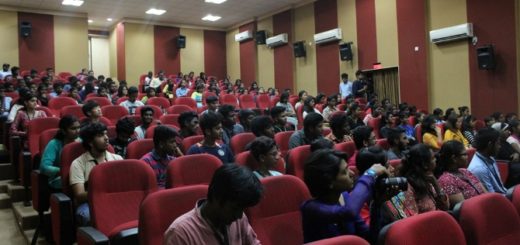Education in a crisis: How do we cope and improve?

In this Covid-19 Pandemic, Online learning platforms became the only reference of education worldwide because of the lockdown globally. This is the incentive approximately every student is shifting to online platforms to get their education whether it’s an on-campus in-house platform or the privately held organization-owned platform.

The education industry today has changed to online modes and trying its best to provide the subject in promising manners. Students are also now modifying and accepting the online means for studying. However, it will bring little time to formulate the efficiency and effectiveness through online classes rather than face-to-face classes. The modifications are continuously being made for the delivery of the lessons. From adequately format and appliance to presentations and animations, all the actions are formulated to make students understand well the concept. Even the examinations are now being conducted online.
The major thing that disturbs students is panic, anxiety, and fear caused due to the situations around. Anxiety steals away our joy and peace by consuming our focus and kicking our imaginations into overdrive. Students begin to create worst-case scenarios in their minds. It’s better to stay calm, take precautions and get prepared for the coming situation, and battle with it bravely. Students are worried just because they are unable to face practical aspects of the subject. The crucial factors of being employable as work ethics, effective communication skills, writing skills, working in a team, time management, social interaction, discipline can’t be taught over just a computer with a webcam and microphone.
Rather than being sure of heavily on the digital modes of education, the central and state governments want to concentrate on giving mixed educational models such as neighborhood learning sessions, peer classes, mobile schools and bridge classes to survive the learning gap. More greatly, they desire to enhance digital infrastructure across rural and marginalized regions to assure that students there have balanced entry to education. Moreover, prevailing teachers have to be instructed effectively to provide online classes—in social and emotional learning modules—to generate relief and strength in uncertain times for students.
Amid the pandemic, infrastructural challenges such as shortage of teachers and upgrading of school infrastructure could have utilized the interest. Rather, the closure and unions of government schools have begun again despite an enormous amount of children arriving back to government schools as budget private schools close down and parents encounter livelihood challenges.
However not all is missed. It is now time to reimagine education. The government desires to create crucial interests and adjustments to the public education system to guarantee that no child is left behind. If we actually want to convey in a long-lasting favorable consequence for children, it is only likely to work now on these crucial problems and concentrate on reimagining education, rather than automatically withdrawing to what we did before the pandemic; the significance of which is already a responsibility.




